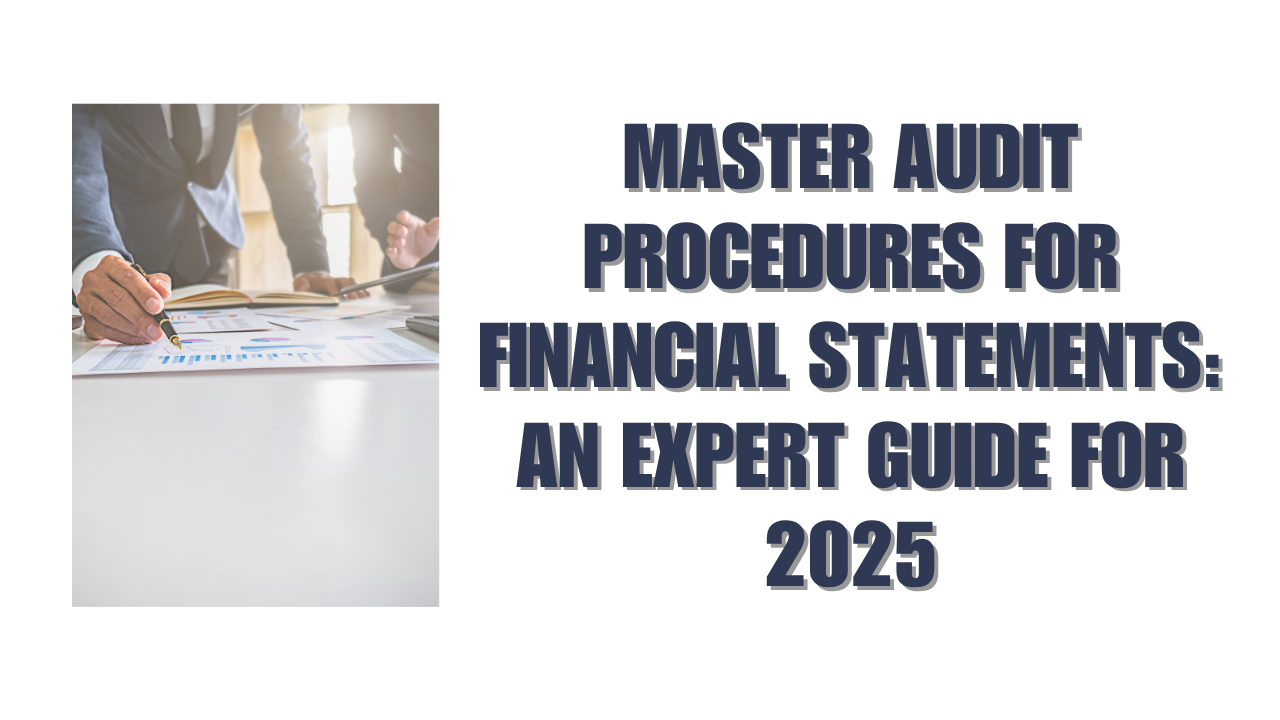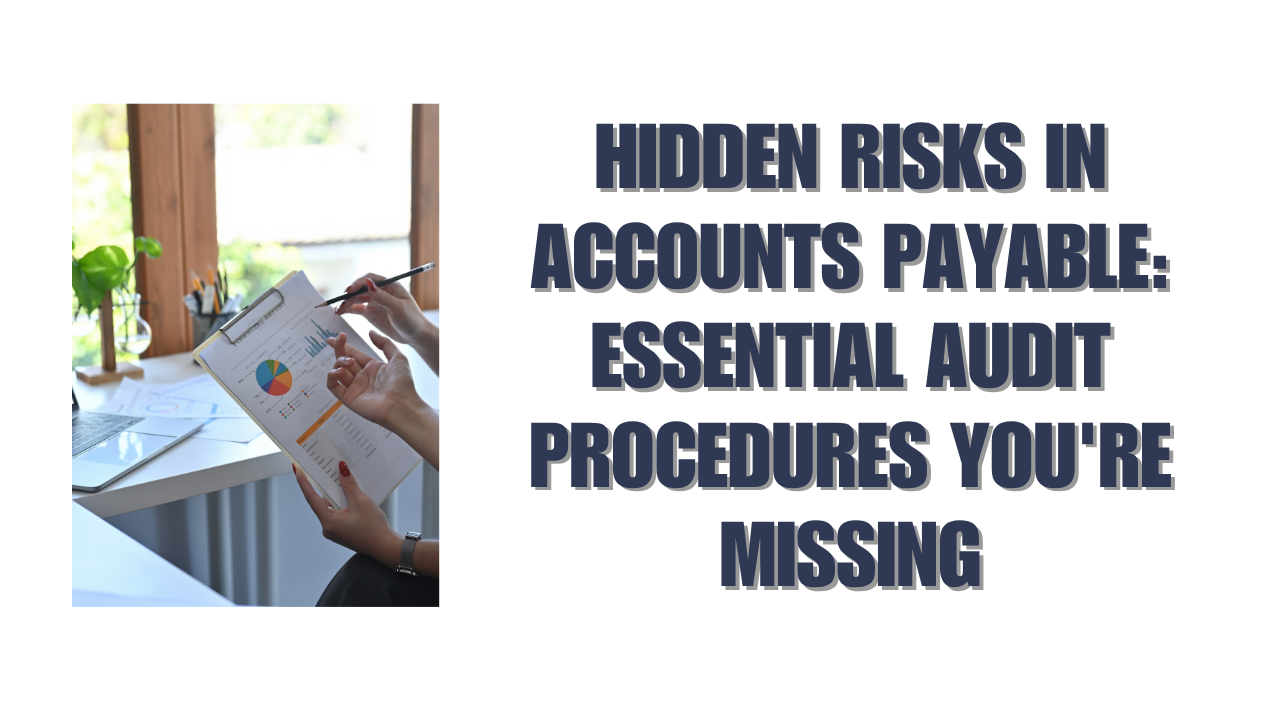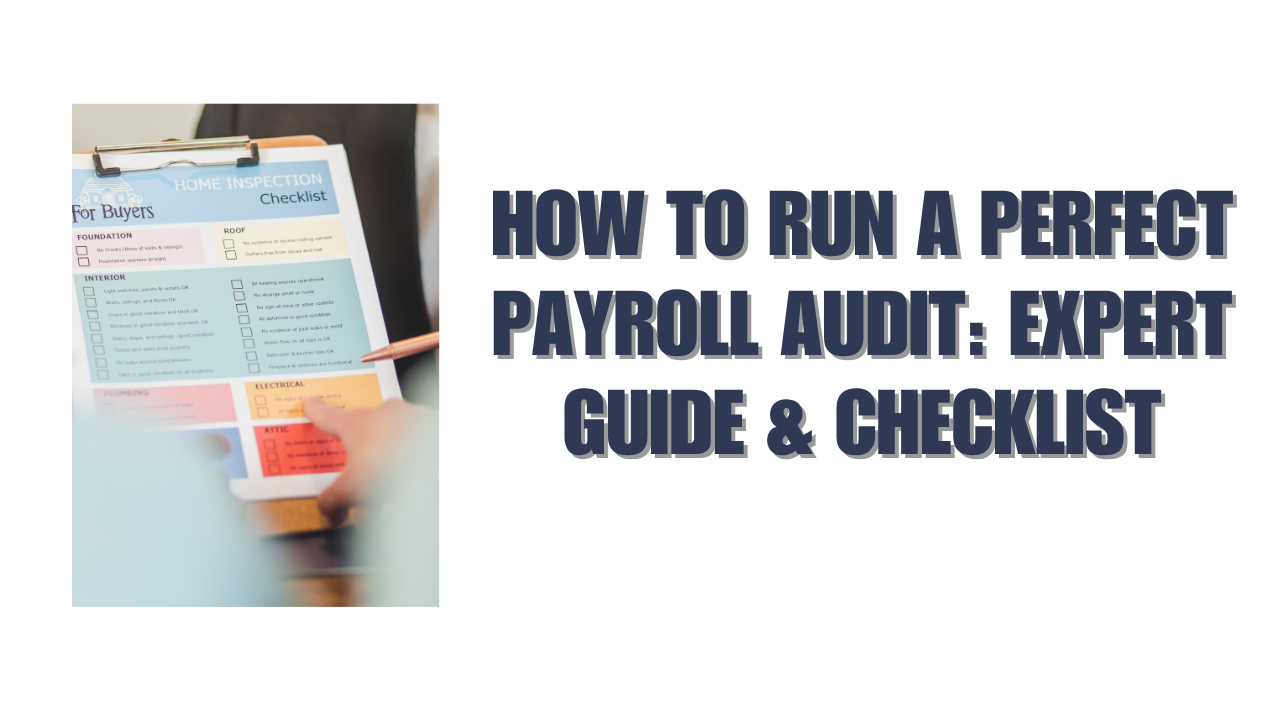American tax regulations have grown complex. The Tax Code has tripled in size in the last 30 years. Congress makes an average of 399 changes to the Tax Code each year, making it vital to protect your business against these constant changes.
Business owners face growing pressure to adapt to these quick changes. The right mix of technology, smart planning, and professional expertise can turn these challenges into growth opportunities. This piece outlines practical strategies that will strengthen your business’s tax position and build a resilient framework for long-term success.
What you’ll learn:
- Quick ways to direct rising tax compliance complexity
- Essential technology tools for modern tax management
- Practical strategies for year-round tax optimization
- Ways to measure and improve your tax strategy results
Current Tax Challenges for Businesses
Tax compliance costs are skyrocketing for businesses. Large companies have seen a 32% increase in these expenses from 2017 to 2023. U.S. multinational enterprises now spend $25.6 million on average each year just to comply with income tax regulations.
Rising compliance complexity
Complex international rules have pushed the compliance burden to record levels. Companies now spend 43% of their federal income tax compliance budget to manage foreign-source income rules. U.S. businesses shell out $119 billion for income tax returns. They spend another $70 billion each year on quarterly tax filings and depreciation schedules.
Small businesses feel the pinch even more. They spend about $12,000 yearly to comply with regulations. 44% of these small companies spend over 40 hours trying to understand and follow federal regulations.
Digital transformation pressure
Business operations have gone global and digital. Tax departments must now update their processes to handle:
- Live reporting requirements
- Growing tax transparency needs
- Complex data management tasks
- Integration with existing business systems
In spite of that, tax departments invest less than a quarter of their budgets in technology. More worrying is that 79% of tax departments have automated only half or less of their processes.
Staffing shortages effect
The American Institute of CPAs shows that 75% of CPA firms can’t find enough qualified staff. This shortage creates problems throughout tax departments, with more than half saying they’re understaffed. The problem hits specialized areas hard – the IRS’s Large Business & International Division has lost over 50% of its core high-income and high-wealth audit team between 2010 and 2023.
The talent crisis goes beyond numbers. Today’s tax professionals need both traditional knowledge and tech skills, which makes the talent pool smaller. This need for dual skills and growing workloads leads to more burnout and staff turnover.
Essential Tax Technology Tools
Tax departments now use technology to streamline their operations. 76% of firms report better efficiency through automation.
Tax automation software
Tax technology has grown beyond simple calculations to provide detailed solutions that handle complex compliance requirements. Advanced tax automation platforms now process multiple tax types at once, including sales tax, VAT, and excise tax. These systems update tax rates and rules automatically to keep businesses compliant in jurisdictions of all sizes.
Modern tax software brings several advantages:
- Up-to-the-minute tax calculations and automated compliance checks
- Smooth combination with existing accounting systems
- AI-powered data extraction and categorization
- Automated report generation and filing capabilities
- Built-in error detection and validation
Companies that use tax automation software report 70% less manual data entry. These platforms also cut tax preparation time substantially, helping firms process returns 4 to 7 times faster than traditional methods.
Digital document management
Cloud-based document management systems are the foundations of future-proof tax operations. These platforms started with simple storage but now offer sophisticated features for secure collaboration and workflow automation. Modern document management solutions let teams access tax files remotely while maintaining strict security protocols.
Digital document management brings substantial benefits. Organizations report 40% lower paper-related costs and faster document retrieval. These systems include advanced security features such as:
Version control tracking maintains document integrity, with automated audit trails recording every access and modification. This helps businesses stay compliant while protecting sensitive tax information. The systems also provide secure client collaboration through encrypted portals that allow safe document exchange and electronic signatures.
AI-powered features make document processing better, with smart scanning technology that automatically categorizes and groups related documents. This technology spots patterns in tax documents to reduce sorting time and minimize entry errors. The systems combine smoothly with tax preparation software to create a unified workflow that makes the entire tax process more efficient.
Building a Tax-Ready Infrastructure
Building a strong tax infrastructure needs both technological capabilities and security measures. A good system design creates the foundation that future-proofs your business against changing tax requirements.
Cloud-based systems setup
Tax departments now depend on cloud computing to cut enterprise technology costs and boost organizational efficiency. Cloud-based platforms provide better reliability and flexibility because they work continuously and process data smoothly.
Most tax organizations get their information in a ‘tax-ready format’ through enterprise-wide financial systems or dedicated tax data hubs. These dedicated hubs have become common. Organizations access them through internal development, third-party licensing, or accounting firm arrangements.
Data security measures
Data security remains a top priority for tax departments. Modern tax infrastructure needs multiple protection layers:
- Advanced encryption protocols for data transmission
- Biometric controls and compartmentalized security zones
- Geographically separate mirror sites for disaster recovery
- Up-to-the-minute collaboration tools with automated internal controls
The Federal Trade Commission requires specific security standards. Organizations must test their safeguard programs regularly. Tax departments should work with IT teams to implement complete security measures that match organizational goals.
Integration with existing tools
A tax-ready infrastructure needs smooth integration with current business systems. Successful integration connects with over 200 leading in-house technology solutions. These integrations employ universal RESTful APIs and prebuilt, certified connectors that create smooth data flow through tax, trade, finance, and business processes.
Tax departments should cooperate with other functions to use their technology investments well. This approach helps organizations to:
- Automate workflow and track due dates
- Maintain accuracy in complex regulatory environments
- Adapt easily to business, regulatory, and operational changes
The infrastructure must meet its goals while managing taxes properly and keeping tax risk within set limits. Setting up proper Risk & Governance frameworks becomes vital, as many jurisdictions now require tax control frameworks as with Sarbanes-Oxley and COSO guidelines.
Smart Tax Planning Strategies
Tax planning is the lifeblood of business sustainability. A study by the American Accounting Association shows that companies whose boards actively participate in tax planning pay lower tax payments and face fewer reputational risks.
Year-round tax monitoring
Smart businesses don’t treat tax planning as a yearly event. They monitor it continuously throughout the year. Companies that regularly assess their tax position report 40% fewer compliance issues. We focused on two main areas:
Regular analysis of financial statements helps track income, expenditure, and available cash. Tax law changes need constant attention since 399 modifications happen to the tax code each year.
Your year-round tax position monitoring should include:
- Regular reviews of business structure
- Ongoing tracking of tax credits and incentives
- Smart timing of income recognition
- Quick adaptation to regulatory changes
Risk assessment methods
Tax planning can save money, but you need to assess the risks carefully. Most businesses look at both qualitative and quantitative aspects when they assess tax-related risks.
Qualitative Assessments look at descriptive, non-numerical data. Tax specialists share their expert judgment through structured discussions to spot potential risks. The Delphi method helps tax experts reach agreement through structured communication.
Quantitative Assessments use numbers to measure tax risks. Monte Carlo simulations and sensitivity analysis show how different tax scenarios might affect the business. Companies with full risk assessment are 75% better prepared for tax audits.
Board involvement is vital for risk oversight. Organizations where boards actively engage in tax planning strike a better balance between risk and reward. These efforts need proper structure to succeed. Some businesses set up special risk oversight committees that meet often to review tax positions and adjust strategies.
Systematic risk monitoring helps boards direct tax-planning initiatives better. Regular involvement in integrated risk-monitoring shows how strategic decisions in one area affect tax implications in others. This approach helps businesses stay flexible while following tax rules.
Measuring Tax Strategy Success
Tax strategies need precise measurement tools and clear metrics to succeed. Studies show tax departments that use defined performance metrics have 40% better decision-making capabilities.
Key performance indicators
Modern tax departments can’t rely on traditional KPIs alone anymore. Businesses must track both financial and operational metrics. A complete PwC global survey shows the three most significant performance measures: tax risk management, effective tax rate (ETR) management to reduce rates, and ETR management for long-term sustainability.
The core team in successful tax departments focuses on these vital metrics:
- Financial Risk Management: Tax audit outcomes and their impact
- Operational Efficiency: Cost reductions while quality stays high
- Technology Breakthroughs: Success rate of planned technology rollouts
- Employee Involvement: Better job satisfaction tracked over time
Tax departments should set standards that match their organization’s strategy. A newer study shows that 76% of tax departments merge their KPIs with broader company goals.
ROI tracking systems
ROI tracking has grown beyond basic cost-benefit analysis. Modern tracking tools now offer customized forecasting for three to ten years. These systems help businesses chart their financial path while keeping tax efficiency high.
Smart ROI tracking brings several benefits:
- Shows potential savings through various tax strategies
- Maps out tax savings based on different approaches
- Breaks down potential savings over chosen time periods
Successful businesses use advanced ROI measurement techniques alongside traditional metrics. Companies using complete ROI tracking systems get 19% higher after-tax returns and face 31% less tax risk.
A good ROI tracking system should include:
- Conservative first-year tax savings projections
- Benefits analysis across multiple years
- Easy connection with existing financial systems
Tax strategy success needs constant monitoring and adjustments. Organizations that regularly assess ROI see 13% lower current cash taxes and pay 5% less in future taxes.
Tax departments should review their KPIs regularly to match strategic goals. Research shows departments using advanced measurement systems get 40% more budget resources by showing efficiency and cost savings.
Conclusion
Your business needs a balanced mix of technology, strategy, and expertise to handle future tax challenges. Large companies spend around $25.6 million each year on tax compliance, but smart investments in technology can reduce these costs by a lot.
Tax automation software and digital document management systems are vital tools that cut manual data entry by 70%. These systems process returns up to 7 times faster. Cloud-based systems protect sensitive data with reliable security measures and enable smooth collaboration between teams.
Businesses that monitor taxes year-round and use detailed risk assessment methods can be proactive about regulatory changes. Companies using these strategies report 40% fewer compliance issues and show 75% better preparedness for tax audits.
Measuring success is vital – businesses with defined performance metrics make 40% better decisions and get more resources by showing their efficiency. Tax management isn’t just a yearly task. It needs regular attention and fine-tuning.
Note that a tax strategy works only with consistent monitoring and adjustments. Evaluate your current tax setup, find gaps in your technology use, and create a plan to implement these proven strategies. Today’s small changes can bring big tax savings and better compliance in the future.
FAQs
Q1. What are some common tax mistakes business owners should avoid?
Business owners should be cautious of failing to file proper forms or payments, underestimating and underreporting income, mixing business and personal expenses, poor record-keeping, and not taking advantage of appropriate deductions. Implementing a robust tax management system and staying informed about tax regulations can help avoid these pitfalls.
Q2. How can businesses effectively plan their tax strategy?
Effective tax planning involves understanding your tax bracket, differentiating between deductions and credits, deciding between standard deduction and itemizing, staying updated on popular deductions and credits, maintaining proper tax records, adjusting your W-4 as needed, and exploring strategies to shelter income or reduce tax liability. Implementing year-round tax monitoring and risk assessment methods can also significantly improve tax planning effectiveness.
Q3. What are the essential technology tools for modern tax management?
Key technology tools for modern tax management include tax automation software and digital document management systems. These tools can reduce manual data entry by up to 70%, process returns 4 to 7 times faster than traditional methods, and offer features like real-time tax calculations, automated compliance checks, and AI-powered data extraction and categorization.
Q4. How can businesses measure the success of their tax strategies?
Businesses can measure tax strategy success by tracking key performance indicators (KPIs) such as tax risk management, effective tax rate (ETR) management, operational efficiency, and technology innovation. Implementing sophisticated ROI tracking systems that offer customizable forecasting capabilities can also help businesses evaluate potential savings and project tax outcomes over multiple years.
Q5. What steps can businesses take to future-proof their tax operations?
To future-proof tax operations, businesses should invest in cloud-based systems with robust security measures, integrate tax infrastructure with existing business tools, implement year-round tax monitoring, conduct regular risk assessments, and utilize advanced measurement systems. Additionally, staying updated with tax law changes and maintaining accurate financial records throughout the year can help businesses adapt to evolving tax requirements.





